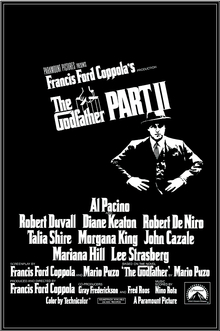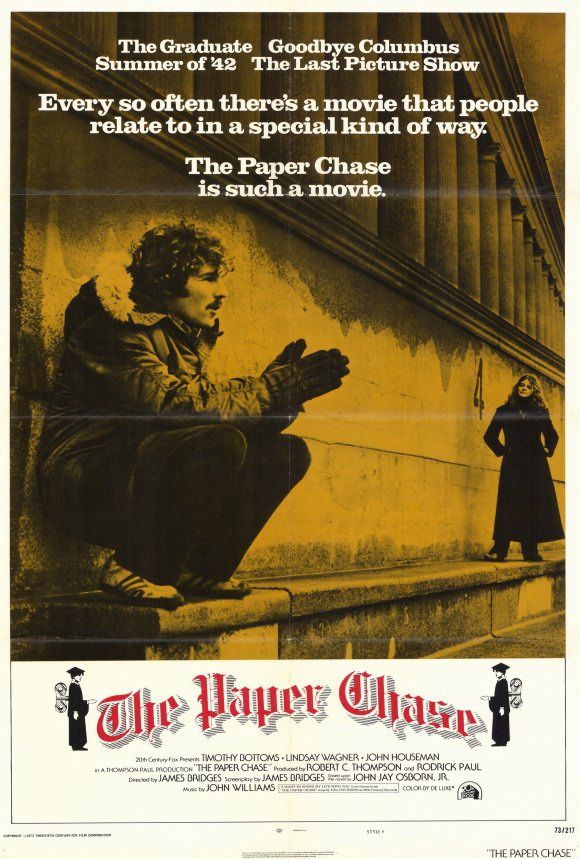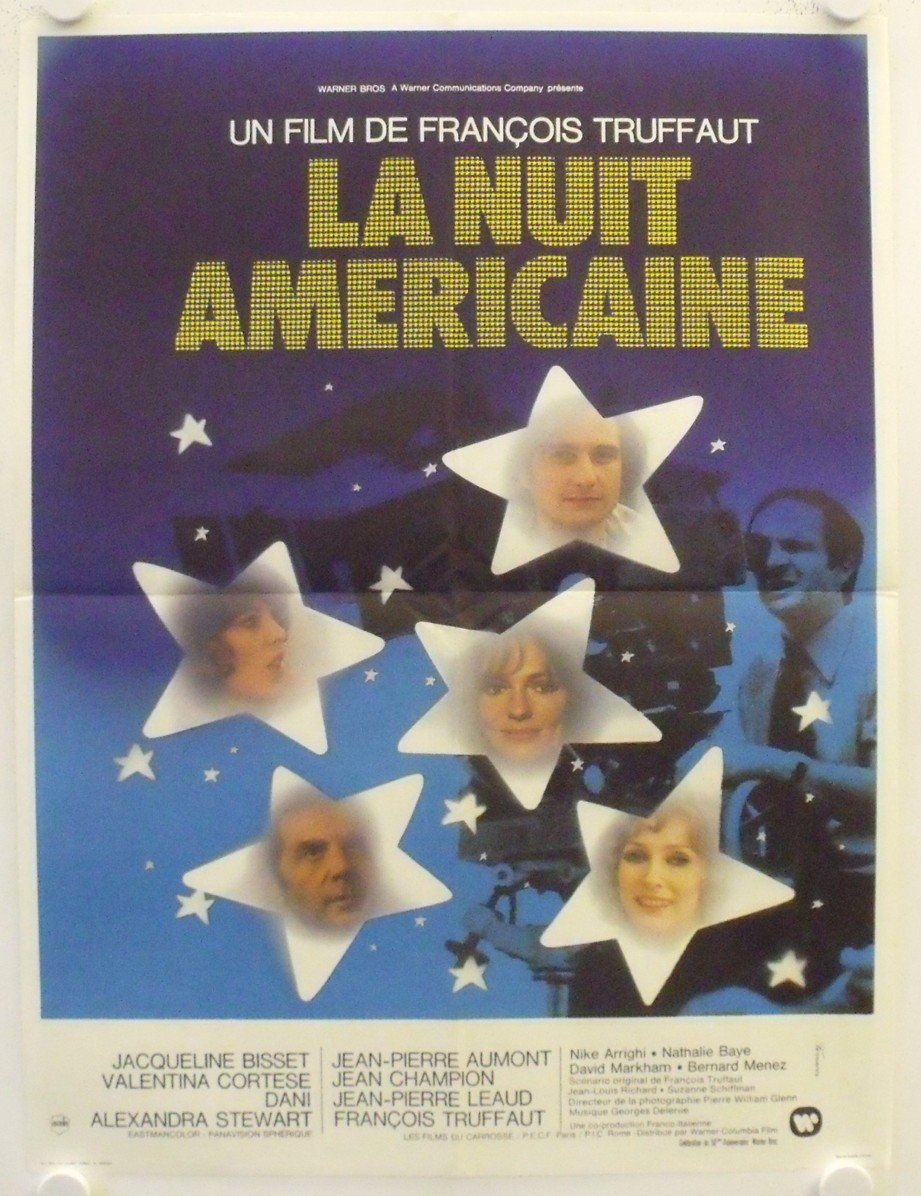
‘The Godfather’ has too many characters and a poor villain, but its greatness can’t be refused
“The Godfather” is a tragedy. Most do not see it this way. Should one actually feel sorry for Michael Corleone? According to the script, yes. That virtually no one does is a credit to the film’s grandiosity of power, however imperfectly constructed.
It’s a typical coming-of-age story. It involves a father and son, but the movie (and book), definitively, is about the son. This posed a problem for Paramount chieftains and Oscar voters, who ended up choosing Marlon Brando best actor while relegating Al Pacino to runner-up supporting actor. Those category decisions were a referendum on Hollywood stature and the episodic nature of the film, going against the grain of the script.
“The Godfather” story arc is semi-rare in that it leads to a troubling end. The protagonist is back from war with honors, his life back to square one. He is returning to Dartmouth to pursue a career in a different line of work than the family business he apparently loathes. “That’s not me,” he tells his girlfriend. But events around him ultimately convince him he is needed for a greater cause. Like Jake Gittes of “Chinatown,” Michael Corleone succeeds at a troubling goal. Unlike Gittes, it costs him his soul.
The message unrealized by most is that Michael Corleone, who should be wondrously enjoying the rewards of his service and acumen in a golden age of America, is instead forced to make a massive decision among two horrible options. He can go his own way and doubtlessly watch his close family members get wiped out, perhaps bankrupted if not murdered. Or, he can join the mob himself, kiss his otherwise great life goodbye, exit their beloved home in New York for a barren, non-paisan land, go permanently down the path of lies and deceit but at least save the family and maintain the wealth, security and influence they have come to expect. He picks the more exciting option.
“The Godfather” is a modern realization of something that everyone knows, but nobody really wants to admit: mobsters make watchable characters. Hollywood figured this out as early as the 1930s. Jimmy Cagney made a career out of playing thugs, but as with “The Godfather,” there had to be a qualifying factor, something “sympathetic” about the gangsters he played. “The Godfather” delivers in spades. Vito Corleone is the George Washington of the underworld, just the guy we want to provide the goods that are high in demand but not exactly legal. We’re told he’s a bad guy, but other than a few strategic conversations, we see just the opposite — a family man, a community leader, a man of principles and creeds, a statesman. (Yes. Don’t laugh.) Thus “The Godfather” could go where the films of Cagney and others couldn’t — to best picture Oscars, to greatest-of-all-time lists. Judging by the popularity of films such as “The Departed,” “Pulp Fiction,” “Goodfellas,” “Scarface,” “Reservoir Dogs,” “The Untouchables,” “Casino” and others (many of them starring the same people), not to mention HBO’s “The Sopranos,” it’s clear they were on to something. The public is still very much fascinated by Al Capone and criminals like John Dillinger, Jesse James and Bonnie & Clyde. Theater allows us to indulge this appeal without reservation; “I’m not adopting a point of view, I’m being entertained.”
This sentiment, more than the filmmaking, is what qualifies “The Godfather” for greatest-movie discussions, because “The Godfather” is as inescapably flawed as it is brilliant.
The movie flunks — seriously — the “great villain” test. Not every movie has it. A violent film such as this requires one. “Star Wars” had Vader, “Jaws” had the shark. “The Godfather” struggles in this regard to incorporate the novel. We’re led to believe that Sollozzo, a perfect, menacing depiction by Al Lettieri, is the nemesis. But he’s gone fairly early, and by mid-film we hear Vito declare “it was Barzini all along.” Richard Conte’s Barzini is merely a colorless suit who appears in only a handful of scenes, seemingly no threat to anyone. Perhaps director Francis Ford Coppola sensed this problem by having Carlo finger Barzini, half-heartedly and completely anticlimactically, after all the shooting was over.
For the first two hours, there is way too much going on. It is testament to the overly episodic nature of the film. In the beginning there is a sprawling wedding, and characters are introduced almost in “Love Boat” fashion. Vito meets some of them in his study; the rest are all drinking or dancing with the guests. It’s a whirlwind of faces. Barzini, the great villain, appears here as someone who doesn’t want his picture taken. Most viewers probably didn’t recall he was even there until they saw the film a second time.
The way things are set up, it’s suggested that the Hollywood big shot, Woltz, might be the bad guy. But he’s just a temporary diversion to show how ruthless the Corleones can be when their family is disrespected.
There’s a more specific mistake by Coppola that diminishes one of the most famous scenes in cinema. After Michael has declared, to laughter, that he will kill Sollozzo and McCluskey at a restaurant, Coppola makes the dubious decision to have Clemenza, the trusted caporegime, explain to Michael and viewers how the assassination should take place. Just before Michael leaves for this event, Sonny joins Clemenza in double-confirming what is about to happen, including the getaway. They have so thoroughly outlined the process, there is no drama to what happens here, just a tedious wait for the shots. (There is also the matter of a character as savvy as Sollozzo actually fearing that when Michael abruptly asks out of nowhere, “I have to go to the bathroom. Is that all right?,” that Mike might be taking a gun into the stall rather than retrieving one.)
The opening half hour, as in most films, shows the daily life of the characters before introducing a problem. The Corleones are a happy, broad Italian bunch, doing something mysteriously illegal, but accorded widespread respect. Vito is an aging man of great stature with possible succession problems. None of his sons seems the right guy to take over. Sonny isn’t serious enough and fools around too much. Fredo is weak and not very smart. Michael is above organized crime and appears to view his father’s activities with disdain.
None of those concerns is pressing, until the problem is introduced. This is a spectacularly relevant problem, of course taken directly from the Mario Puzo novel. It is post-war America. The Corleones have never dealt in drugs. But now the other crime families are interested. And it is made abundantly clear — admittedly, only through dialogue and not visually — that narcotics could enrich other families beyond the Corleones. So the question is put to the Don, will you support drug activity among the New York families?
Vito’s answer, and the ensuing debate among his sons, signals the conclusion of the film. The Corleones are not only morally opposed to drugs, they believe a narcotics ring would ruin the New York crime syndicate as it exists and put them out of business. The police, says Vito, view vices such as gambling and prostitution as “harmless” and will protect mob operations as long as there is payoff. But narcotics are another story.
What follows is a very brief, uneasy detente among the Corleones. They will stay out of drugs and take their chances the old way. The plot catalyst occurs when suddenly Vito is attacked and incapacitated, and the rest of the movie is spent dealing with the inevitability of drugs in New York. Again, straight from the book, an extremely relevant solution is discovered — relocate the family to Vegas.
Michael’s transformation is not always spot-on. Michael and Kay are among the most unbelievable movie couples in history. He’s not really committed to her, or to any kind of career. She represents a return to the old way of life that is rapidly slipping away. Michael has seen his first wife killed in a mob hit; Kay is something safer, legitimate. But others in his family are not capable of providing the peace of mind he presumably wants. He is the first in the family to conclude that their rivals are not so much interested in a drug deal, but “to kill pop.” He has earlier made it clear that this is not his problem. He wants no part of the family business, and his family relations are frosty. Is he ultimately converted to the business out of loyalty to his father, or out of concern for what will happen to his relatives once Vito is gone?
The idea that Michael would pursue a woman such as Kay after he has joined the underworld, or that her family and friends would approve of the marriage, defies reason. But this is where artistic license succeeds. We see that Michael, upon returning to America, still yearns in some tortured way for the past, when he could put the Corleone mayhem behind him and everything would be all right. Kay no longer belongs in this picture, but she’s there, only mildly interfering with the life he’s chosen but doesn’t want to believe.
Al Pacino, who has probably been interviewed about this film more than a thousand times, says that during the initial shooting, he was on the verge of being replaced until the restaurant murders. Something about his nervousness in those scenes won over Coppola and the producers, and he never looked back. But where his real tour de force begins is when he returns from Sicily and convenes a business meeting, with Vito, in Vito’s study. This is more or less the true beginning of the sequel, “The Godfather: Part II,” the superior film of the two. He is cold, concise, and to the point. He’s got a colorless, no-nonsense enforcer. This is not going to be the Corleone family of old, a theme that is extended brilliantly for three more hours in “Part II,” but it is going to be successful.
One inevitable issue of “The Godfather” and any gangster film is the depiction of violence. The standard cliché is, many movies feature violence, so the violence has to be memorable to stand out. This film gets a split decision. A guy is shot up at a street food stand. There are guys shot in the head with bibs on at a restaurant. There is a horse’s head in a bed. One guy is stabbed in the hand and strangled simultaneously. One character is able to walk out of his car while getting machine-gunned at a tollbooth. A driver of a car is shot by a passenger. A woman is blown up in a car. One guy is shot in a revolving door, another shot in the eye during a massage, another shot when an elevator opens, another shot in bed with a girlfriend, another shot in the back on the steep steps of a public building. Finally, a guy kicks in a car windshield during a violent strangling.
An argument that's made for “Godfather” violence is that without it, the family would seem too good to be true. Nevertheless, it doesn't seem to compromise the appeal of the Corleones.
A few great depictions by Francis Coppola stand out. He makes beautiful, sweeping transitions from New York neighborhoods to the hills of Sicily. The single greatest scene is when the camera deliberately begins to focus on Michael in the room when he tells his brothers, “I’ll kill ’em both,” and his brothers and Tessio and Clemenza gradually start laughing. A close second is the closing shot, of course, walling off Kay from a room of crime and deceit. Then there is the opening, with Bonasera the undertaker pleading with Vito for help while Vito strokes a cat. The quick cuts during the wedding and bouncy music make the party feel extraordinarily real. Appollonia’s gradual approval of Michael, shown by her expressions that gradually lead to a smile, is perfectly well developed. Michael’s disruption of Fredo’s party with Moe Green impressively occurs over an awkwardly large table in an awkwardly large room, giving the impression that this meeting — and the Corleone family as we all knew it — isn’t going according to plan.
One of the film’s signature moments — and there are many — is perhaps too subtle. Those with the benefit of seeing “The Godfather, Part II” might realize a very strong statement that is not made, that Michael Corleone is never called “Godfather” but merely “Don Corleone.” When the murders of the mob leaders are being carried out at the end of the first film, we see Mike at his nephew's baptism, indeed becoming a godfather, but on paper only.
Most of the appeal, though, is forever going to be episodic. These are images and lines that the general public quotes ad nauseam, decades later. “I’ll make him an offer he can’t refuse,” the horse’s head, “Leave the gun, take the canoli,” Sonny biting his knuckles, “If I wanted to kill you you’d be dead already,” Sonny flipping out a couple large bills to pay for a camera he just smashed, Luca Brasi “sleeping with the fishes,” Moe Green saying “You don’t buy me out, I buy you out,” Vito saying “Remember, the one that comes to you is the traitor,” Appollonia famously mixing up the days of the week (her actual quote is “Monday, Tuesday, Thursday, Wednesday, Friday, Sunday, Saturday”) while boasting of her knowledge of English.
Roger Ebert singled out the cinematography inside the Corleone home and in places such as the restaurant murder scene as part of the film's greatness. There is a richness to the wood, a color that characterizes the mood and events. “You cannot appreciate this on television,” Ebert wrote.
Yet the film is discouragingly shown endlessly on cable TV, edited and interrupted. It might become a cliché for those under 30 who didn’t grow up hearing people speak reverentially about it. A new DVD release seemingly comes out every other year, always with somehow better digitalized images or extra features. The movie seems way overcommercialized, although that’s been the case in the past with “Gone With the Wind” and “It’s a Wonderful Life,” and they’ve survived.
“The Godfather” is a great story with unforgettable acting and dialogue. It also contains clutter and is devoid of the necessary galvanizing villain who drives the plot toward the climax. Is it rightfully among the handful of American films to be considered the best ever? Yes. Is it No. 1? No.
4 stars
(September 2008)
(Updated February 2020)
“The Godfather” (1972)
Starring Marlon Brando as Don Vito Corleone ♦ Al Pacino as Michael Corleone ♦ James Caan as Sonny Corleone ♦ Richard Castellano as Peter Clemenza ♦ Robert Duvall as Tom Hagen ♦ Sterling Hayden as Capt. McCluskey ♦ John Marley as Jack Woltz ♦ Richard Conte as Don Emilio Barzini ♦ Al Lettieri as Virgil Sollozzo ♦ Diane Keaton as Kay Adams ♦ Abe Vigoda as Sal Tessio ♦ Talia Shire as Connie Corleone Rizzi ♦ Gianni Russo as Carlo Rizzi ♦ John Cazale as Fredo Corleone ♦ Rudy Bond as Don Carmine Cuneo ♦ Al Martino as Johnny Fontane ♦ Morgana King as Mama Corleone ♦ Lenny Montana as Luca Brasi ♦ John Martino as Paulie Gatto ♦ Salvatore Corsitto as Bonasera ♦ Richard Bright as Al Neri ♦ Alex Rocco as Moe Greene ♦ Tony Giorgio as Bruno Tattaglia ♦ Vito Scotti as Nazorine ♦ Tere Livrano as Theresa Hagen ♦ Victor Rendina as Don Philip Tattaglia ♦ Jeannie Linero as Lucy Mancini ♦ Julie Gregg as Sandra Corleone ♦ Ardell Sheridan as Mrs. Clemenza ♦ Simonetta Stefanelli as Apollonia Vitelli Corleone ♦ Angelo Infanti as Fabrizio ♦ Corrado Gaipa as Don Tommasino ♦ Franco Citti as Calo ♦ Saro Urzì as Vitelli
Directed by: Francis Ford Coppola
Written by: Mario Puzo
Written by: Francis Ford Coppola
Producer: Albert S. Ruddy
Associate producer: Gray Frederickson
Original music: Nino Rota
Cinematography: Gordon Willis
Editing: William Reynolds, Peter Zinner
Casting: Louis Digiaimo, Andrea Eastman, Fred Roos
Production design: Dean Tavoularis
Art direction: Warren Clymer
Set decoration: Philip Smith
Costume design: Anna Hill Johnstone
Makeup: Phil Leto, Philip Rhodes, Dick Smith
Stunts: Paul Baxley, Joe Bucaro III, Steven Burnett





